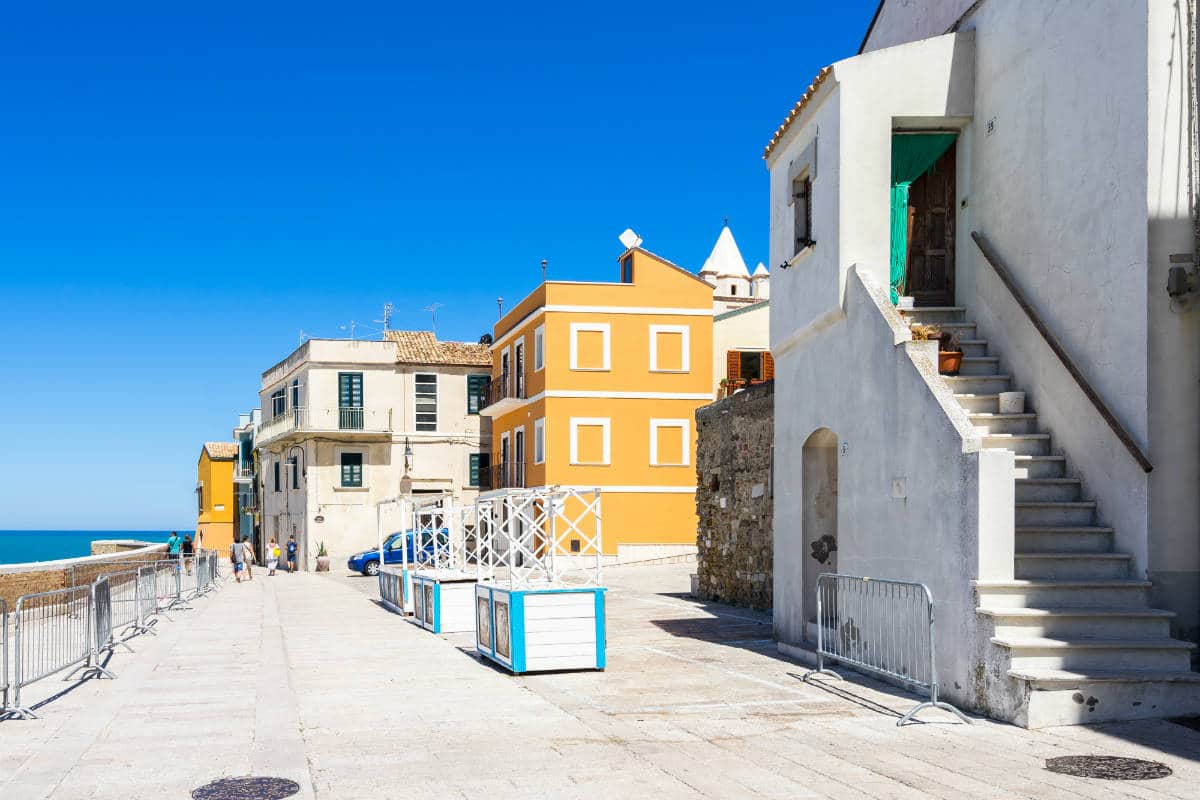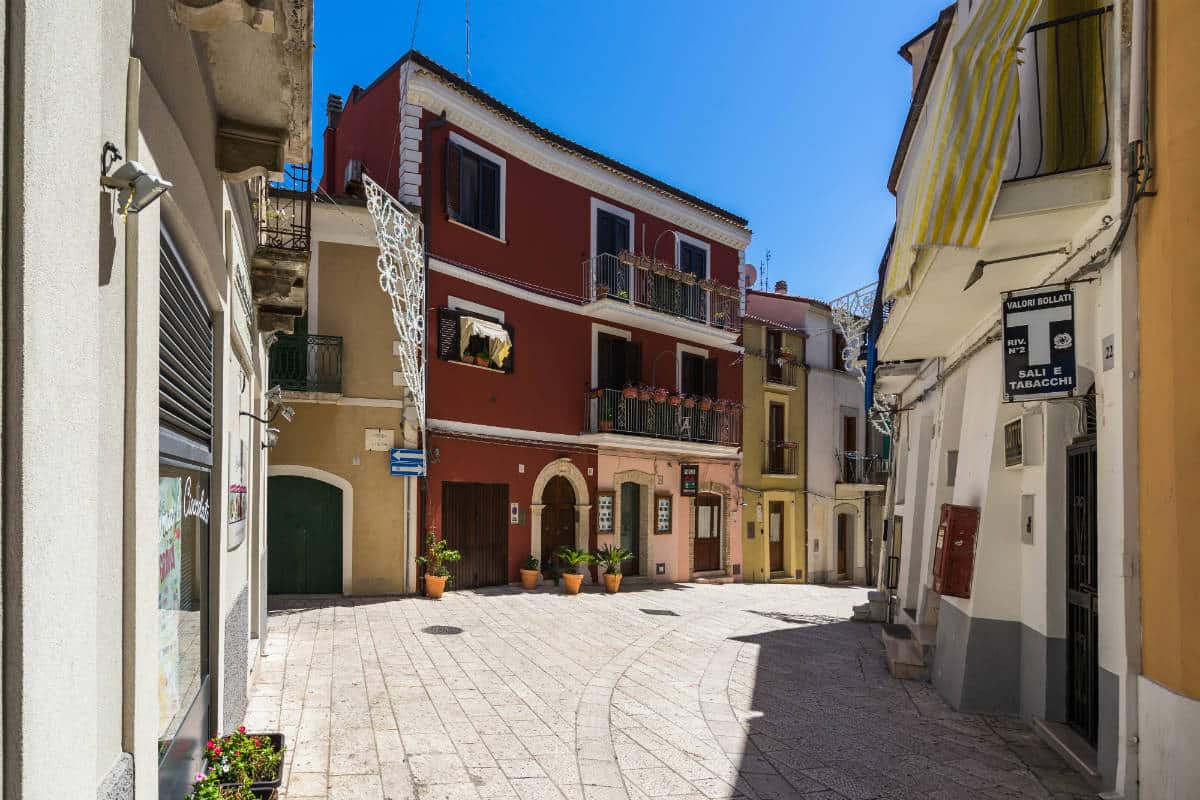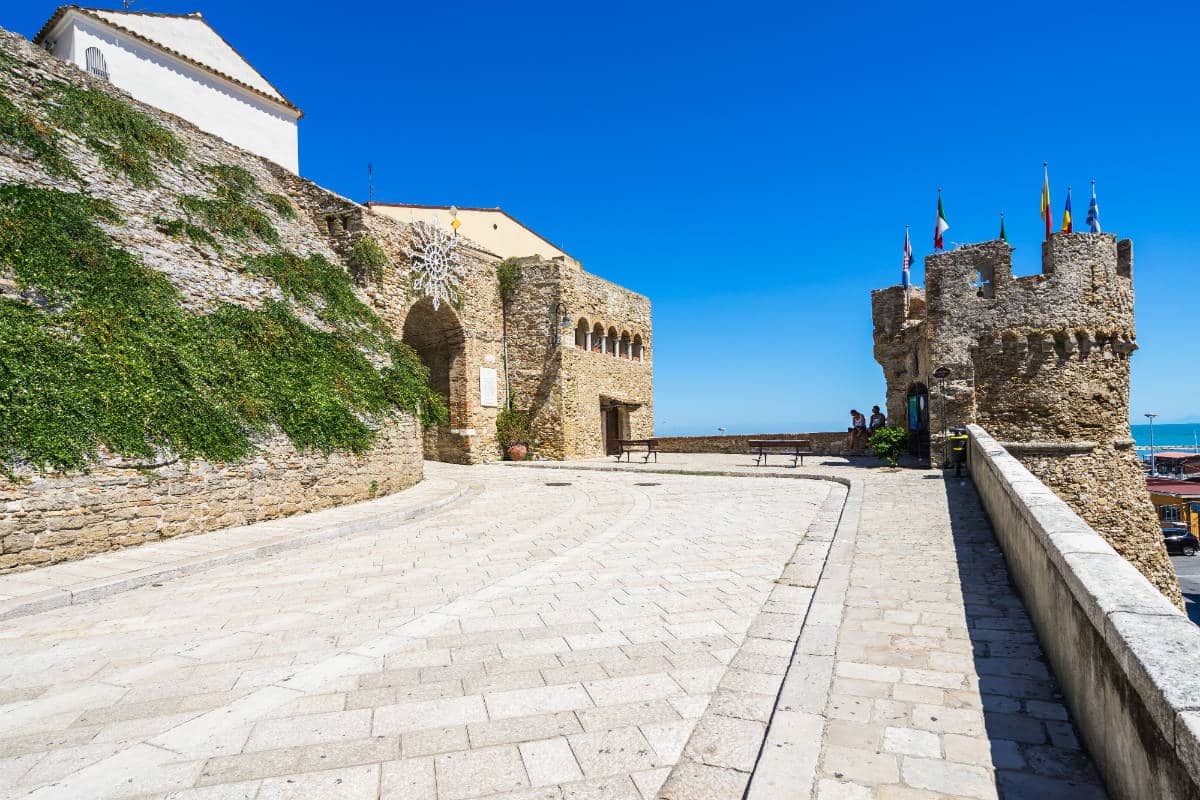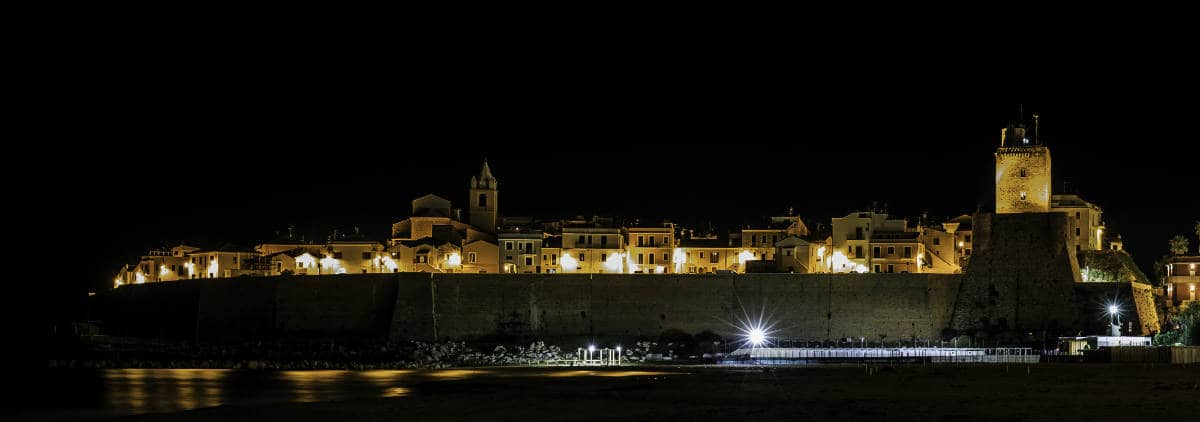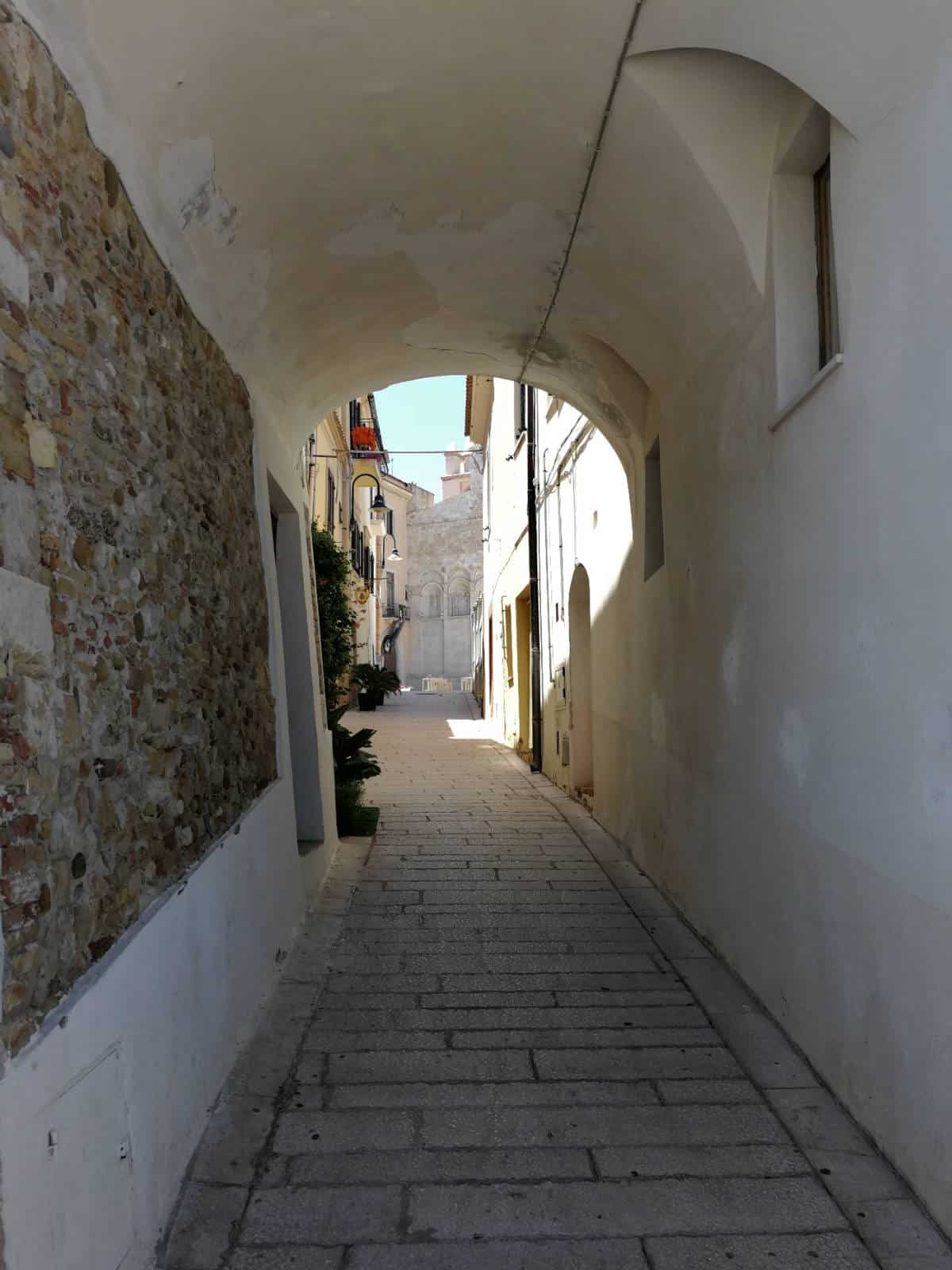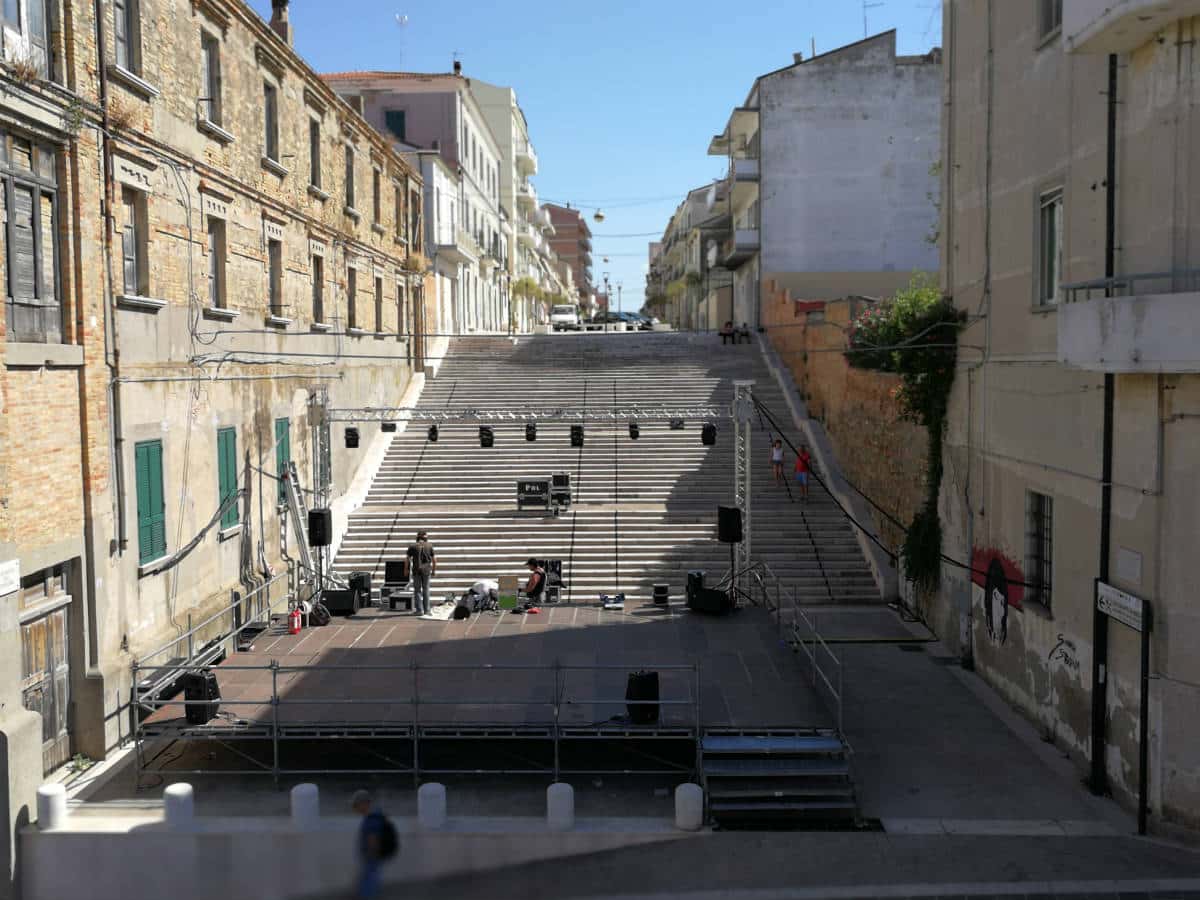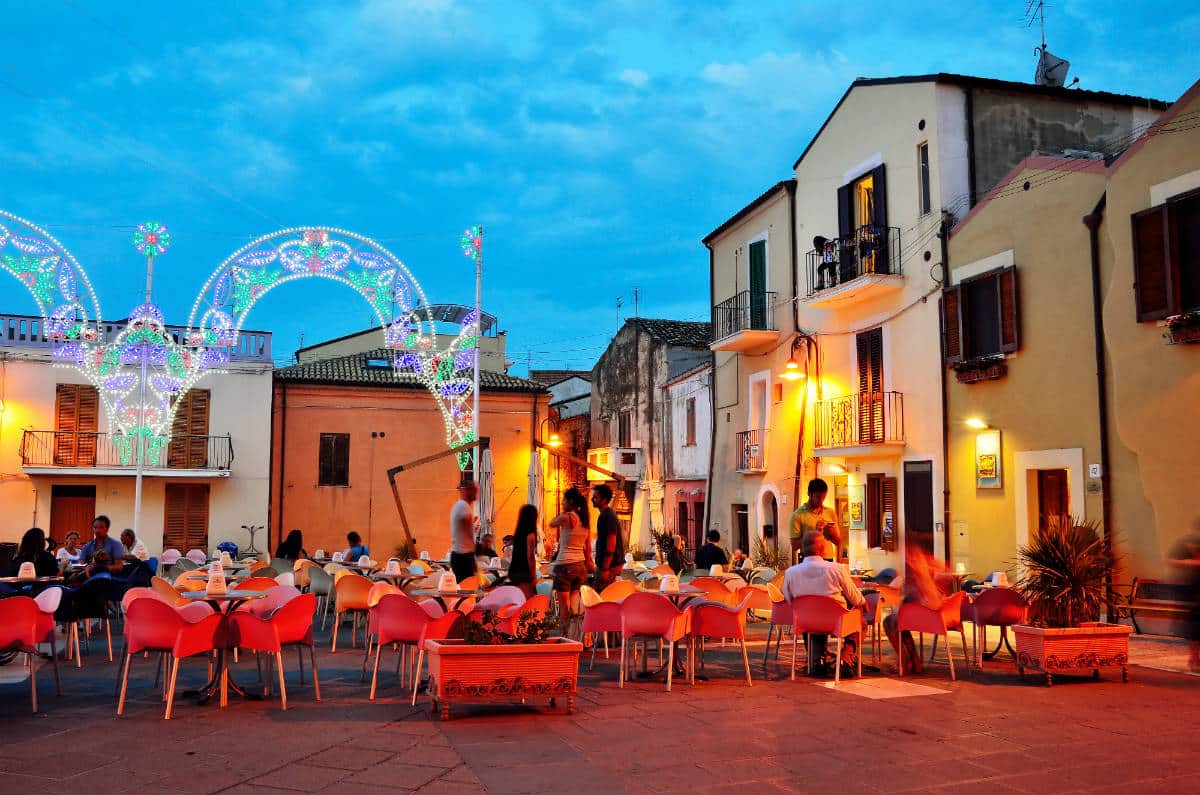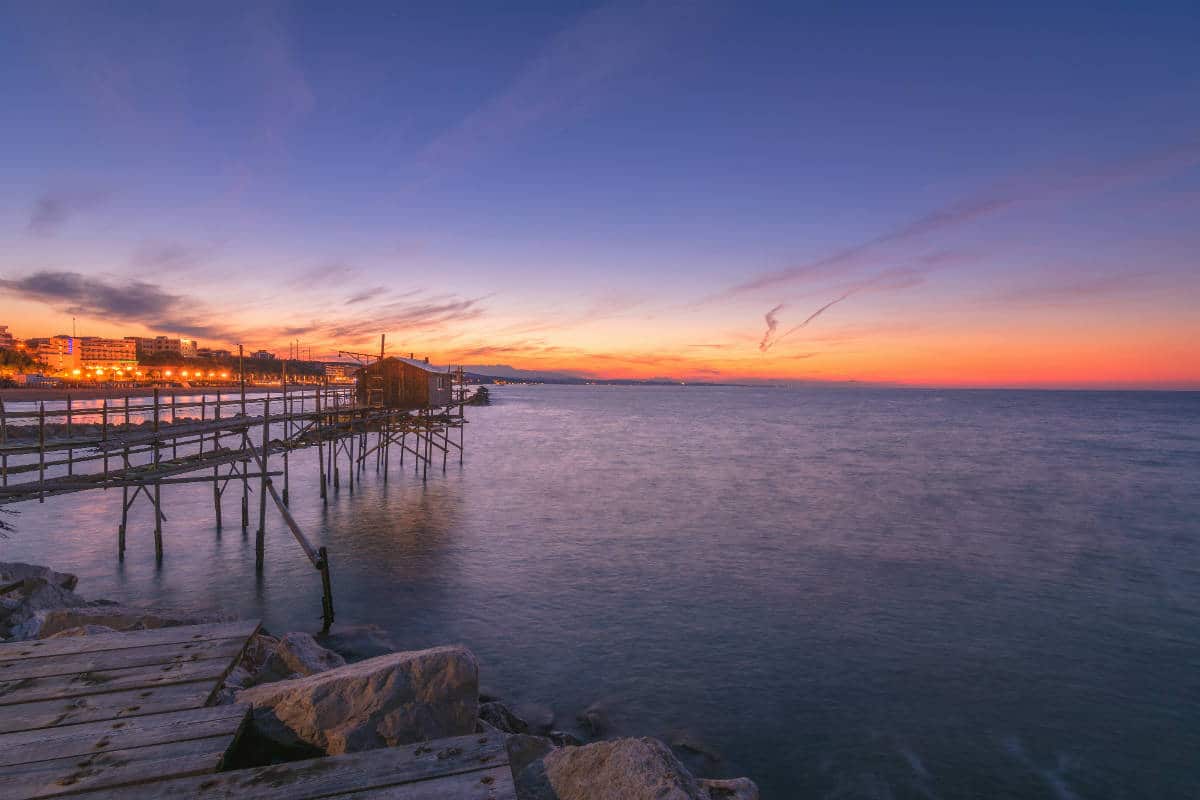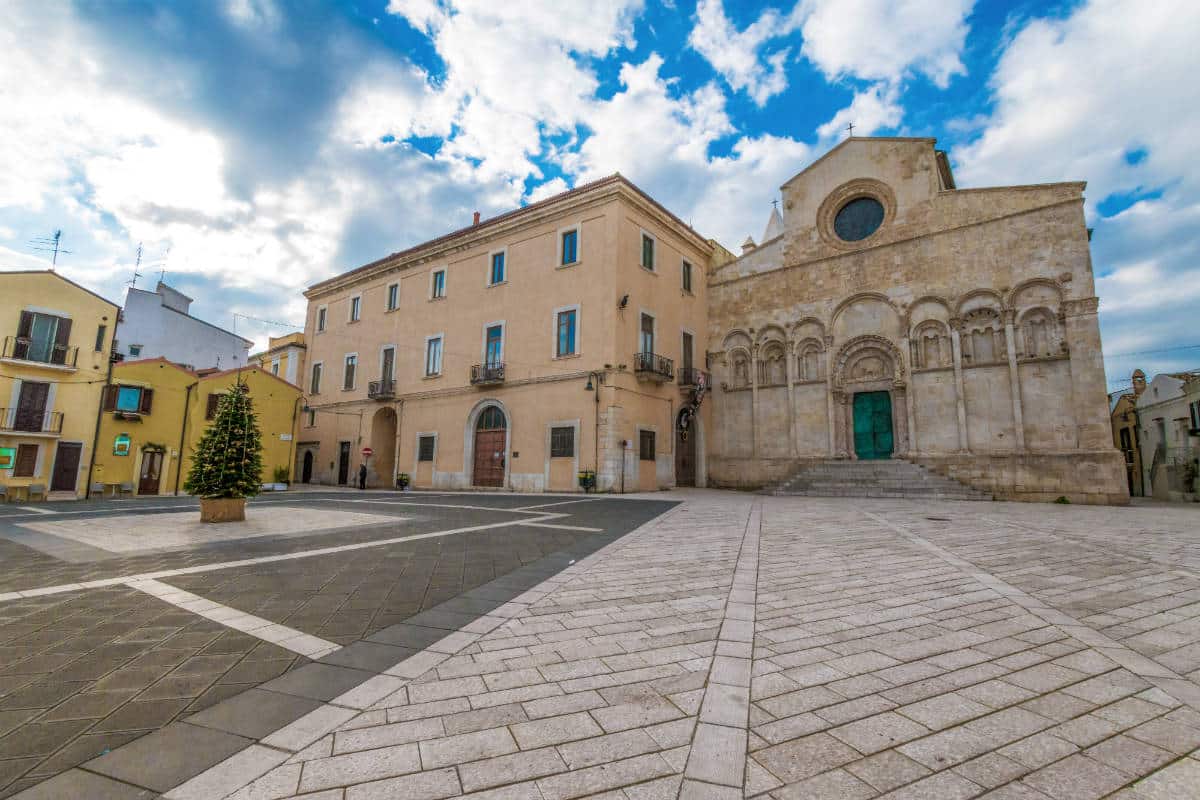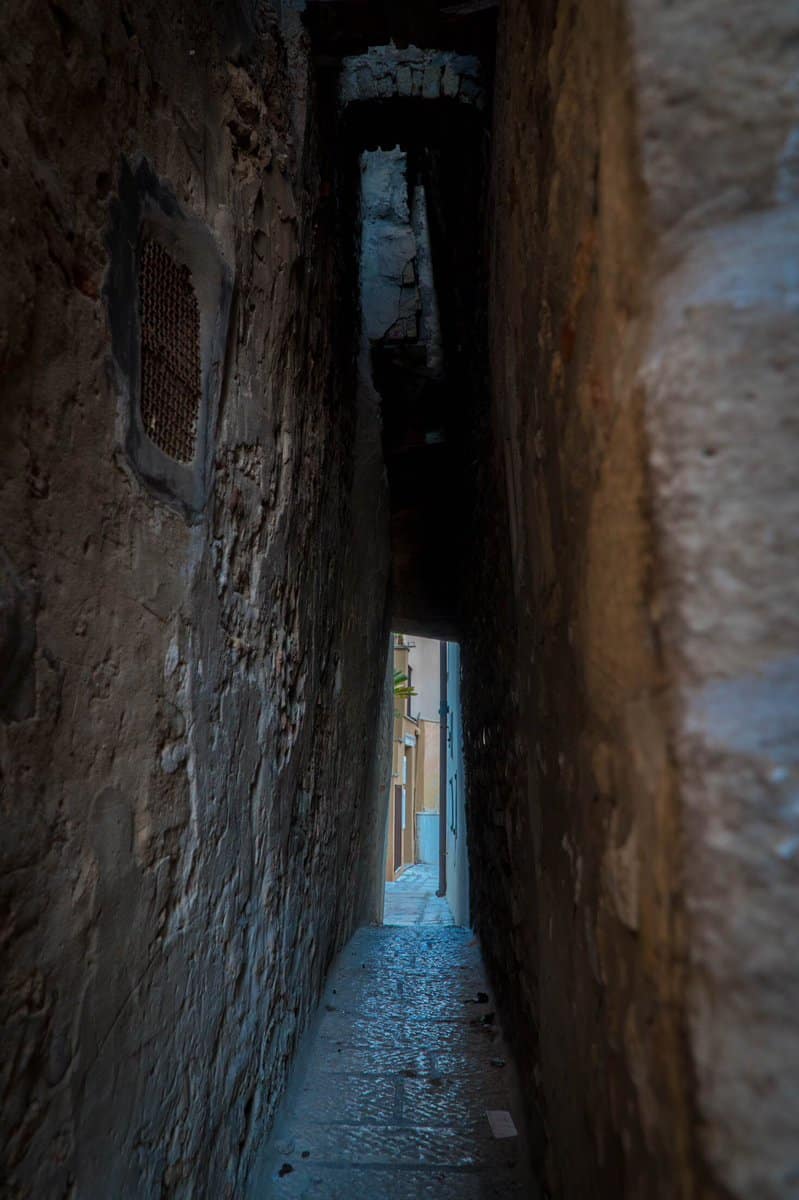Termoli, a town in Molise, is rich in history and traditions, but it is also a modern and cherished tourist center characterized by wide sandy beaches.
The city, which has been awarded the "Blue Flag" since 2003, is an important tourist city, particularly appreciated for the quality of the sea water and the safety of the beaches, which are one of the most precious resources in the country.
Perched on a small rocky promontory, directly overlooking the sea and surrounded by walls, the village has origins that date back to the 5th century B.C.
The oldest attestations of life date back to prehistoric and Roman times and are documented by the findings of prehistoric necropolis in the district Porticone and Difesa Grande.
The first event dates back to the construction of the building on which, in the 12th or 13th century the Cathedral was built. In fact, not surprisingly, the charm of the village is characterized by the presence of the two oldest buildings in the area of the Molise: the Castello Svevo, designed by Frederick II of Swabia, situated on a promontory close to the sea ""(used as a symbol of the same city) and La Cattedrale, located in the heart of the village.
The center, which seems to resemble a labyrinth, stands out for its narrow, winding alleys, including the famous Vico II Castello, considered one of the narrowest in Europe. Moreover, in the ancient area of ""the town, there are the Church of Sant'Anna and the Torretta Belvedere.
The village is accessible from two entrances: one on the north side, at the feet of the Castle, and one on the port side, characterized by an arched door and the Torretta Belvedere, from which you can admire the view of the port and the beach to the south of Termoli.
Due to the strategic location of the city, on sunny days you can admire the Gulf of Vasto and the Majella mountains of Abruzzo to the north, towards the sea the Tremiti Islands and to the south the profile of the Gargano promontory.


